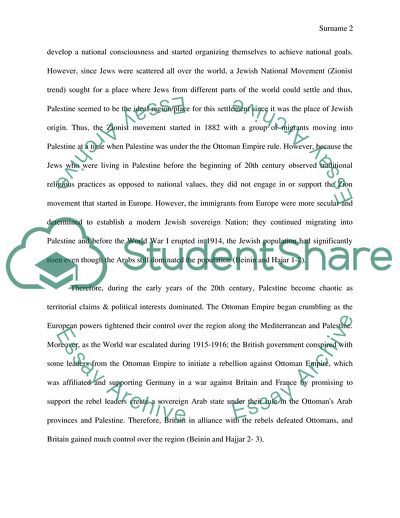Cite this document
(The Consequences of Israel-Palestine Conflict Coursework Example | Topics and Well Written Essays - 3500 words, n.d.)
The Consequences of Israel-Palestine Conflict Coursework Example | Topics and Well Written Essays - 3500 words. https://studentshare.org/politics/1848358-middle-eastern-politics
The Consequences of Israel-Palestine Conflict Coursework Example | Topics and Well Written Essays - 3500 words. https://studentshare.org/politics/1848358-middle-eastern-politics
(The Consequences of Israel-Palestine Conflict Coursework Example | Topics and Well Written Essays - 3500 Words)
The Consequences of Israel-Palestine Conflict Coursework Example | Topics and Well Written Essays - 3500 Words. https://studentshare.org/politics/1848358-middle-eastern-politics.
The Consequences of Israel-Palestine Conflict Coursework Example | Topics and Well Written Essays - 3500 Words. https://studentshare.org/politics/1848358-middle-eastern-politics.
“The Consequences of Israel-Palestine Conflict Coursework Example | Topics and Well Written Essays - 3500 Words”. https://studentshare.org/politics/1848358-middle-eastern-politics.


